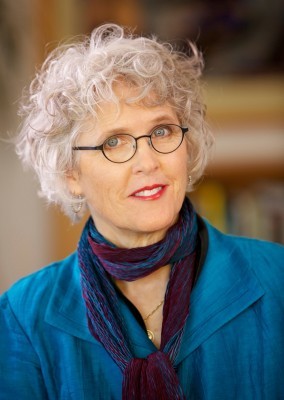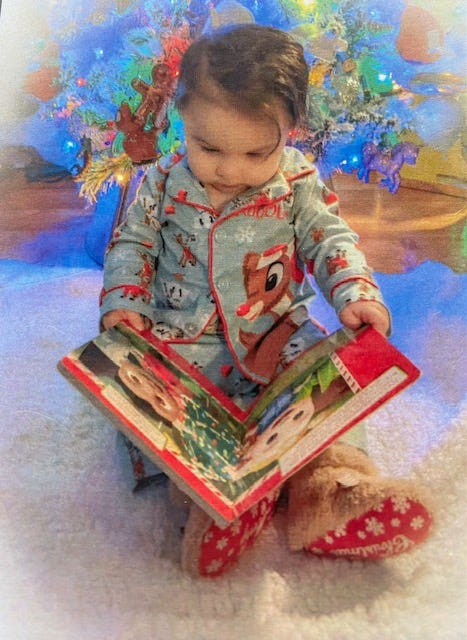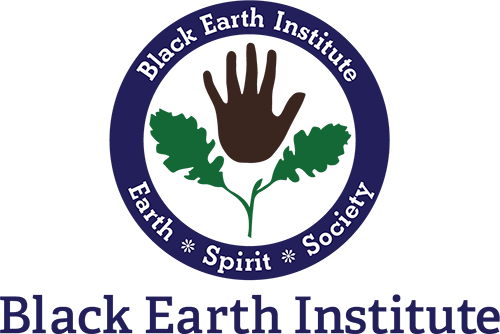
To read Brenda’s original publication, click here.

“Why write for children?” a friend asked me rather dismissively when she heard I was mulling over writing a book for kids. “Isn’t that like dumbing down?”
“Because adults still don’t get it,” I answered, keeping my voice low so as not to startle a seal pup resting on our busy Seattle beach. The pup was starving, his tiny hipbones jutting out. Huge, dark eyes held ours. “Not as many pups born this year,” I continued. “Oceans so polluted. We’re leaving kids a more damaged earth than ours ever was.”
“Yeah,” my friend nodded, “my kids call climate change ‘global weirding.’ They know what’s ahead for us all.’”
We fell quiet, keeping vigil over this beautiful pup we named Leopard for his golden fur and spots. Would the mother seal return if she discovered her pup surrounded by curious humans? We feared this pup was orphaned, mother caught in a fishing net or gashed by boat propeller. Our conservation group, Seal Sitters, is a stranding network trained by NOAA to document and help protect marine mammals. Call it day care on the beach.

Wow!” one of the Seal Sitters called, pointing to a luminous, slightly older pup hauling out, scooting up the shore to nestle right next to Leopard as if they always belonged together.
“Oh, look kids, they’re making friends,” one of the Seal Sitter mothers told her children as the two seal pups cuddled close to nap. The very definition of creature comfort.

Leopard and the juvenile pup we named Silkie, were not only making friends, but they were also saving each other’s lives. Like clockwork, every early morning for two weeks, Leopard and Silkie hauled out onshore together. Leopard was gaining weight, thriving with Silkie as his guide and guardian. Retired elders soon set up lawn chairs to loyally watch over the two pups; children were especially drawn to this bonded pair, enthralled by Silkie’s big yawns and Leopard’s devotion to the older pup like his big sister.
This is my favorite time with my own species, when we fall into a reverie of curiosity and kindness for another, not just our own.
Rowdy beach crowds quieted into a contemplative vigil as we all watched over the two pups. This is my favorite time with my own species, when we fall into a reverie of curiosity and kindness for another, not just our own. It is empathy and kinship made visible. This meditative abiding with another, was clear, especially on the faces of children, so vulnerable themselves in a bright and sometimes overwhelming world.
“Leopard and Silkie should be a kid’s book,” I whispered to Robin Lindsay, the photographer who had co-founded Seal Sitters with me. I’d often teased Robin that she was paparazzi for seal pups. “The story is writing itself.”
But I’d never written for children. How hard can it be to write a kid’s book? I wondered.
Turns out, it was the most difficult book ever. Leopard and Silkie only graced our beach for two weeks and then were gone. After all, they were wild animals and not in a zoo; they belonged in the Salish Sea and perhaps had discovered a safer beach. Robin only had those weeks of precious photos and I wrote countless drafts to those pictures.

We didn’t know the end of Leopard and Silkie’s story. But we did know how profoundly the life-saving alliance of these little pups affected us all, especially the kids. They well understood what it is to be an endangered species, when just going to elementary school is an act of courage.
Children identify with animals. Eighty percent of kids dreams include animals, a kinship that fades to only twenty percent of animal dreams for adults. We forget what we know as children — animal lives are equally important and interesting as our own. Animals are teachers and companions, fellow survivors who have their own super-power senses and parts to play in our shared worlds of land and sea. Some indigenous tribes believe when one is born, an animal is born alongside, like the animal soulmate “daemons” in Phillip Pullman’s wondrous Golden Compass trilogy.
It is our responsibility as storytellers to not only tell the truth about climate change and ecological collapse but also to give the next generation hope. Stories are tools for us to heal and to imagine better futures for ourselves and other animals. Kids also give me hope. They are already very environmentally engaged. When I talk with kids, I ask them to choose their favorite fellow creature and apprentice themselves to learning all they can about that animal; draw and tell stories about their animal, then commit to protecting that species. Science and activism begin early with this next generation.
That’s why stories matter as much as our science. If we tell ourselves and our children a story that imagines other futures than extinction or self-destruction, if we invest in honest science that celebrates other animals and the human ingenuity to adapt and survive — just likethose brave seal pups — we all have a better chance of thriving. Together.

Bio: Brenda Peterson is the author of over 20 books,her memoir, I Want to Be Left Behind, which was selected as a “Top Ten Best Non-Fiction” book by the Christian Science Monitor and an Indie Next “Great Read,” by Independent Booksellers. Peterson’s latest non-fiction book is Wolf Nation: The Life, Death, and Return of Wild American Wolves, chosen as a “Best Conservation Book of the Year” by Forbes magazine; her children’s books include Leopard and Silkie, Wild Orca, Catastrophe by the Sea, and the new illustrated book, Crane Maiden, with master Chinese illustrator, Ed Young. www.BrendaPetersonBooks.com

